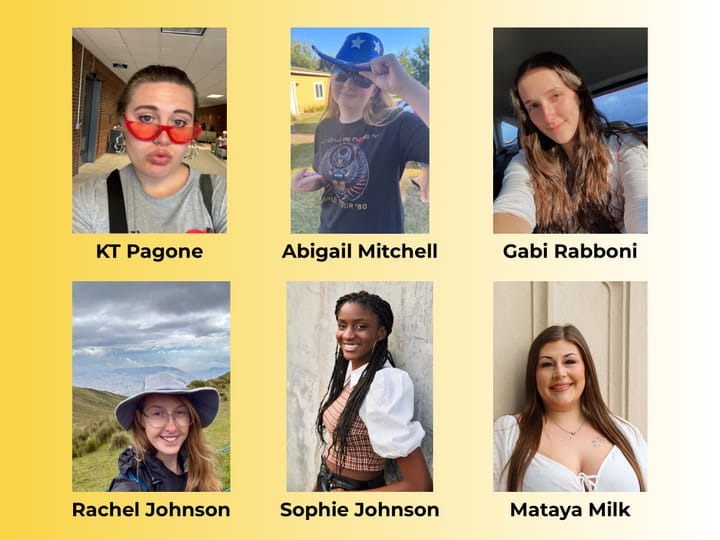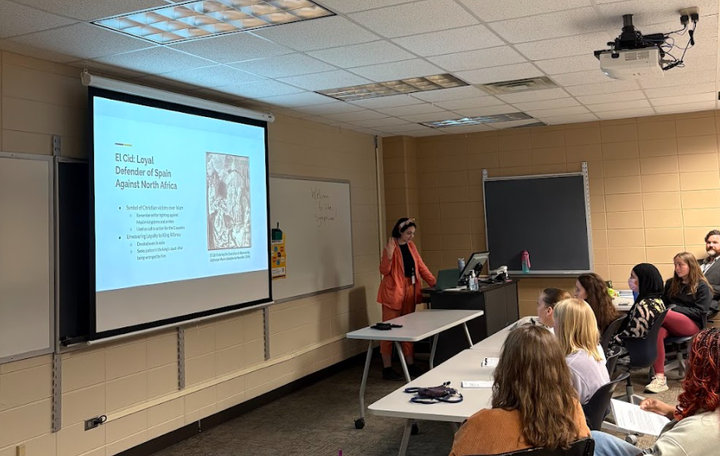Gallery Review: Brian Leo’s art captures the beauty of rural landscapes
As the air gets cooler and the effects of winter become more visible, students can venture indoors to take in the “Land Images: Sculptures and Drawings by Brian Leo” exhibition at the Eide/Dalrymple Gallery and remind themselves of less inclement weather.
The gallery showcases just over fifty pieces of artist Brian Leo’s work. Titles, like “Cloud Shadows on the Farm,” or “Behind the Need for Art…is the Land,” indicate the natural focus of his artwork. Various landscapes, especially rural scenes like South Dakota as seen from an airplane, are depicted in a range of mediums — drawings, sculpture and, Leo’s specialty, lithography.
Lithography is a method of printmaking in which a design is drawn on stone and then printed on paper through a series of chemical processes.
“Lithography is this phenomenal blend of art and creativity, but also science and chemistry,” Lindsay Twa, director of the Eide/Dalrymple gallery, said. “And also a little bit of magic.”
Leo’s talent for lithography was one of the reasons Twa was excited to feature his artwork at the gallery. Usually, lithography is a two-dimensional art form, but Leo betrays the ordinary and creates innovative three-dimensional pieces, or “paper sculptures,” as Twa refers to them.
According to Twa, Leo’s creativity and mastery of lithography techniques provide a unique learning opportunity for students studying print-making.
At the artist’s talk after his gallery reception on Oct. 23, Leo described how he was inspired to begin his art career.
“I felt a kind of calling to get involved in artwork a long time ago when I was a little boy,” Leo said. “And I’ve kept on doing it.”
Leo’s long standing passion for artwork is evident, as the dates on the pieces in the gallery range from 1985 to 2020. Twa characterized Leo’s work as a whole as “expansive, and yet at the same time, restful.”
Leo’s artwork is featured at the gallery until Nov. 20, with free admission.
“You might see a landscape of our flyover area,” Twa said. “But you might also just see this abstract assembly of forms that really creates a nice moment and allows you to just pause and contemplate in a way that helps balance all of the stress of the moment.”



